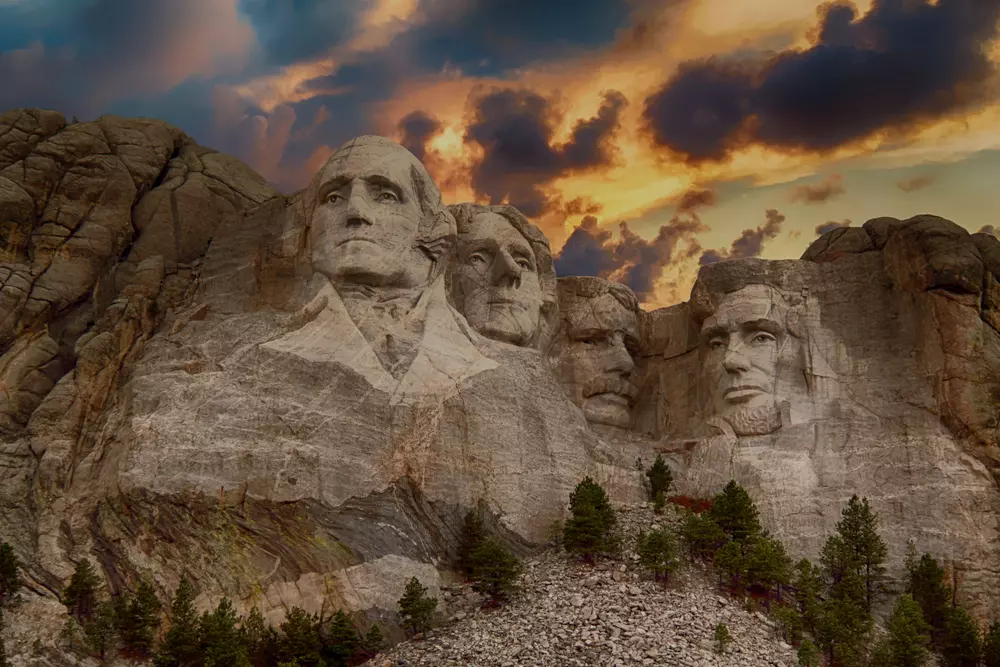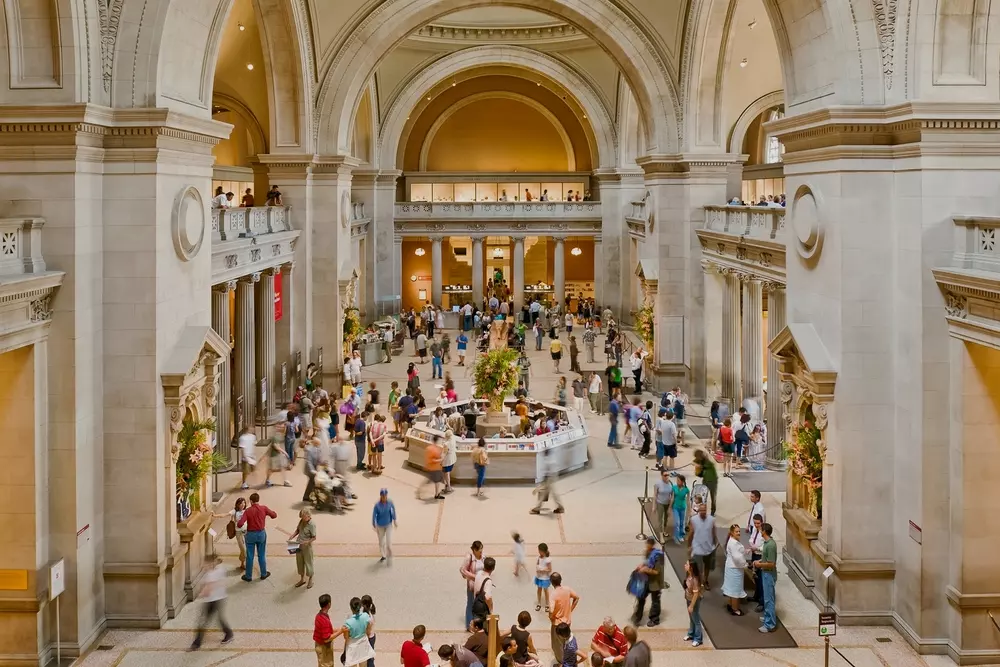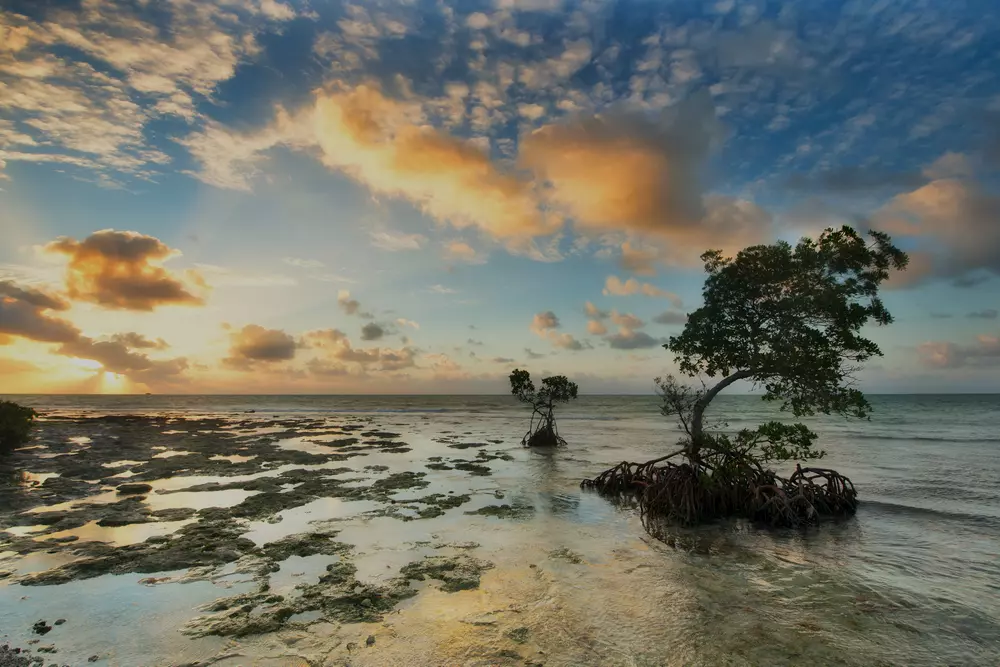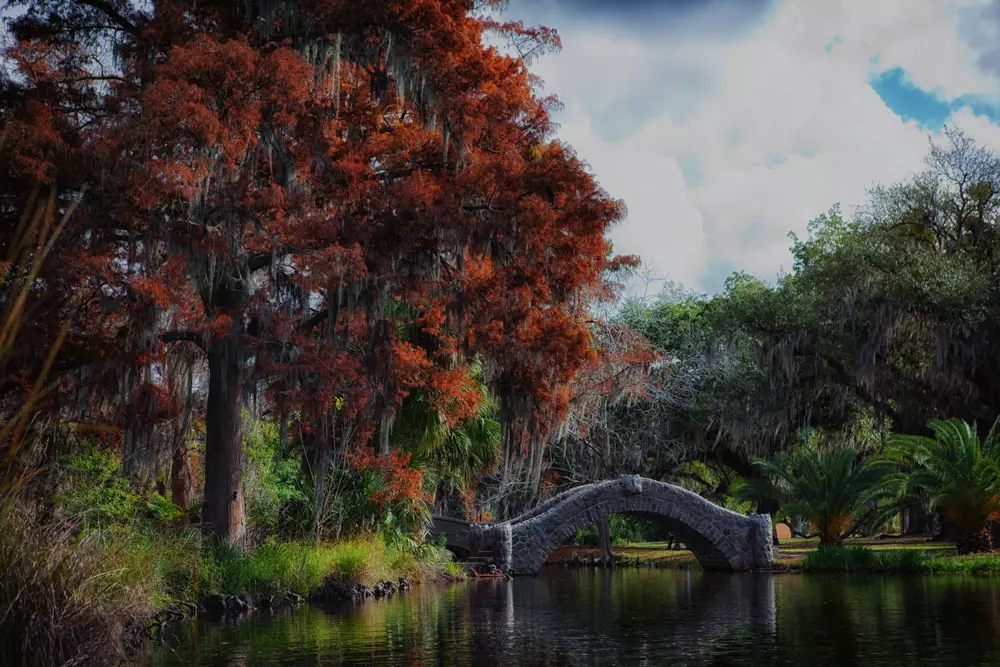The good old Brooklyn Bridge is one of the most recognizable silhouettes in the USA and a symbol of New York. It appears in almost every American movie. How the suspension miracle was built and what it marked in history — in our material.

Soaring Tons
Initially, the idea of erecting a bridge over the East River seemed ludicrous to Americans. It was the year 1800: the need was ripe, but the technology was lacking. A wooden bridge could not withstand the loads, rotted, and also obstructed navigation. There was no Elon Musk for underground tunnels in the 19th century, and pouring concrete into water seemed like complete madness.
The solution only matured 80 years later — a cable-stayed, that is, a suspension granite-concrete bridge. To erect it, it was necessary to dig down to the solid rock beneath the waters of the East River, 25 meters deeper than the bottom, make excavations, pour the foundation, and install supports for the suspension. To say that this was difficult is an understatement. It seemed impossible, but that is what human stubbornness is for!
The two supports were designed as arches in the neo-Gothic style not only for beauty — the openings were made small to save weight so that the supports could withstand the huge spans of the bridge. But even such massive supports were a unique technological solution for those times. During construction, people called the bridge "flying tons." The bridge can still be called that today for its grandeur and size.
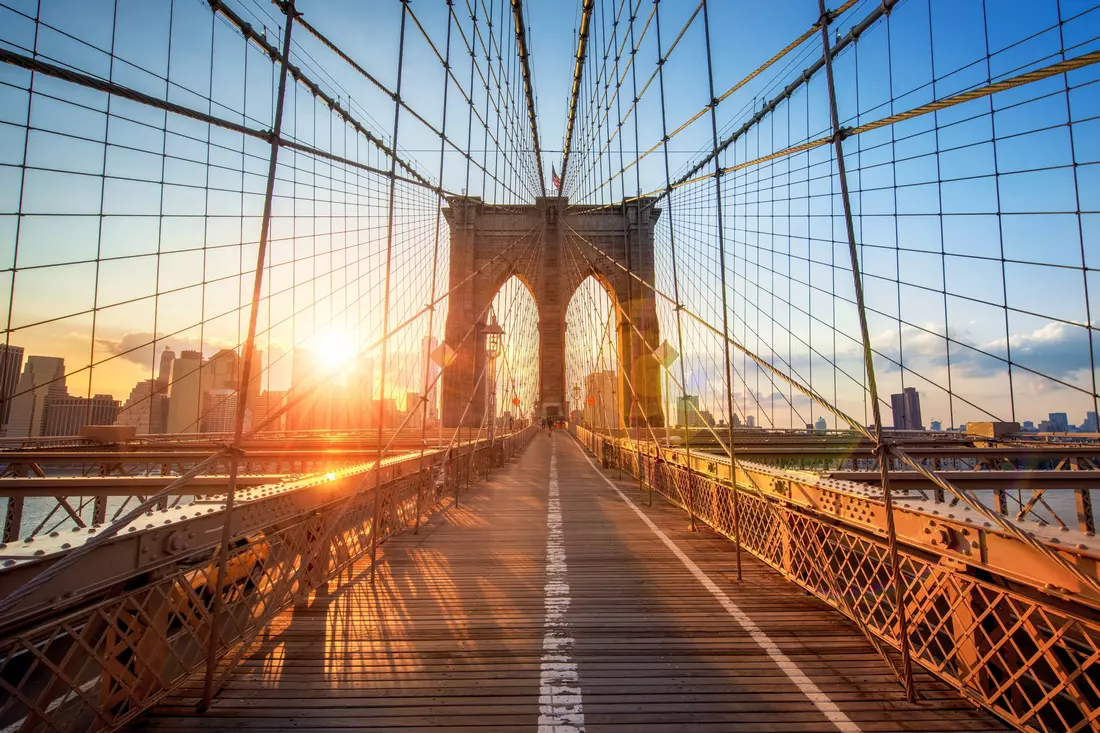
Fear and Loathing in New York
It's not enough to build a grand bridge; you also have to prove to people that it won't collapse. The chief engineer personally drove over the bridge after the first cables were tensioned — people watched, newspapers trumpeted, everything seemed fine. But later, the cables were replaced with cheaper ones. When one of them snapped — victims, resonance, all over again.
The reputation of a reliable and safe bridge only came on the 13th year after the start of construction. And for that, thanks to a circus nearby — on the day of the opening, they led 20 elephants across the bridge. They did it for the visual effect, but the crowd believed it. Since 1883, the Brooklyn Bridge has become an indispensable transportation artery of New York.
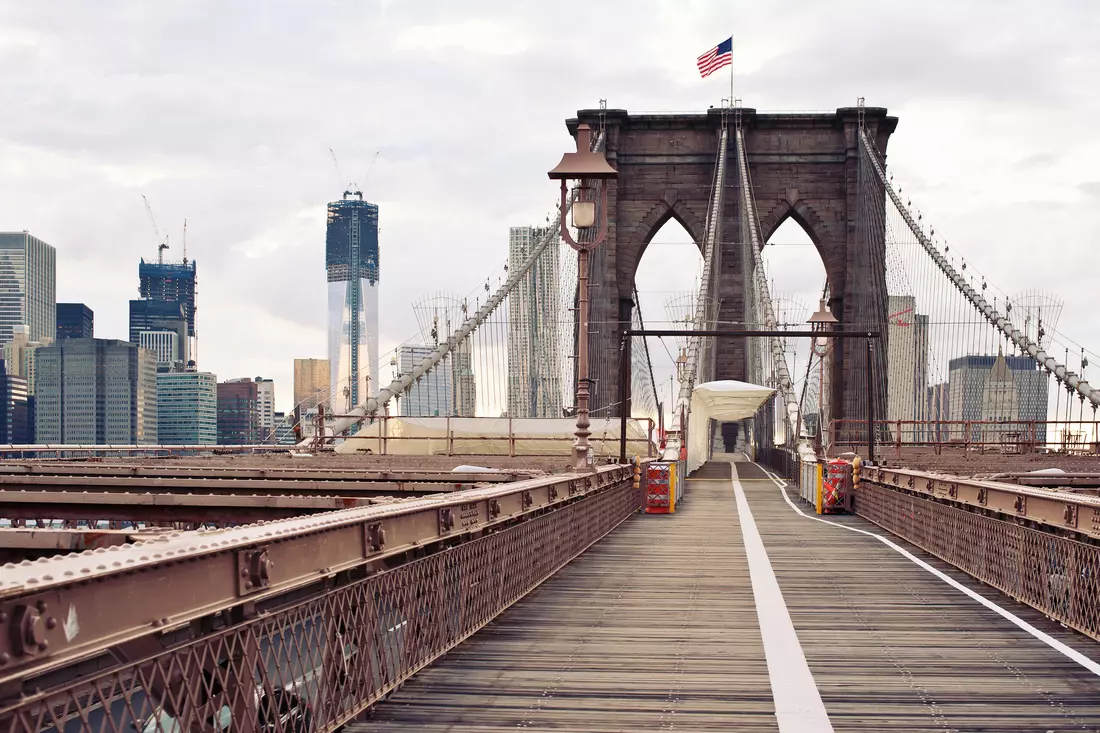
The Bridge and the Diver's Disease
A moment of horror. Almost any grandiose structure is built on bones, but the Brooklyn Bridge is built on boiling, frothing blood. The fact is that caissons — special domes with compressed air pumped into them — were used for setting the bridge's supports. They allowed workers to dive to the riverbed and scoop out soft rock soils, preparing solid ones for the installation of supports. Work had to be done quickly, caissons were submerged and removed without any ceremony. Workers in them were called "sandhogs" and were paid just $2 an hour for grueling labor: it was believed that a sandhog — is a sandhog even at the bottom of the river, nothing special happens.
Due to the wild pressure in the dome and its drops during rapid dives and ascents, people began to suffer from caisson disease. The air compression provoked nitrogen release in the body, and in the literal sense, the blood boiled and frothed. More than a hundred people died agonizing deaths from "the bends" during construction.
This story, although horrifying, also made a huge positive contribution to architectural work. The example of the Brooklyn Bridge became a precedent for the whole world — corrections were officially made to construction standards. All deep-water works are now accompanied by thorough safety studies. The number of victims and injuries has been reduced by orders of magnitude.
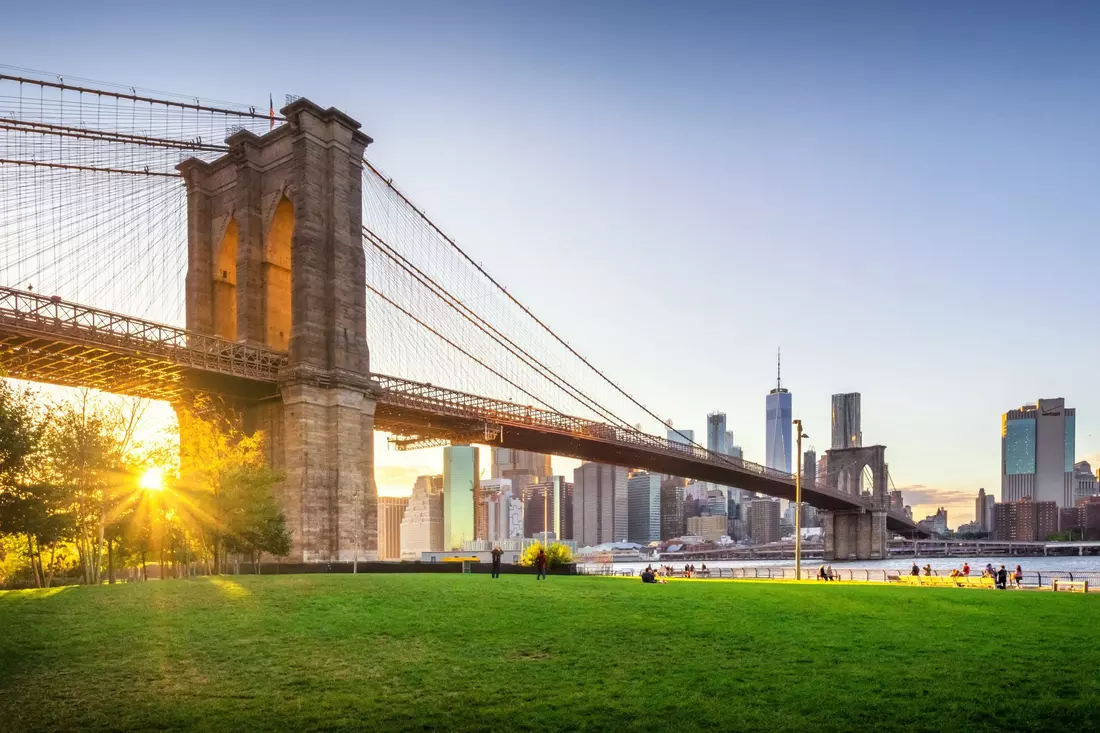
American Butler confirms — the Brooklyn Bridge, New York, and progress are inseparable! To see this for yourself, riding across it between cool excursions is no problem, just write to us in the chat window.






















